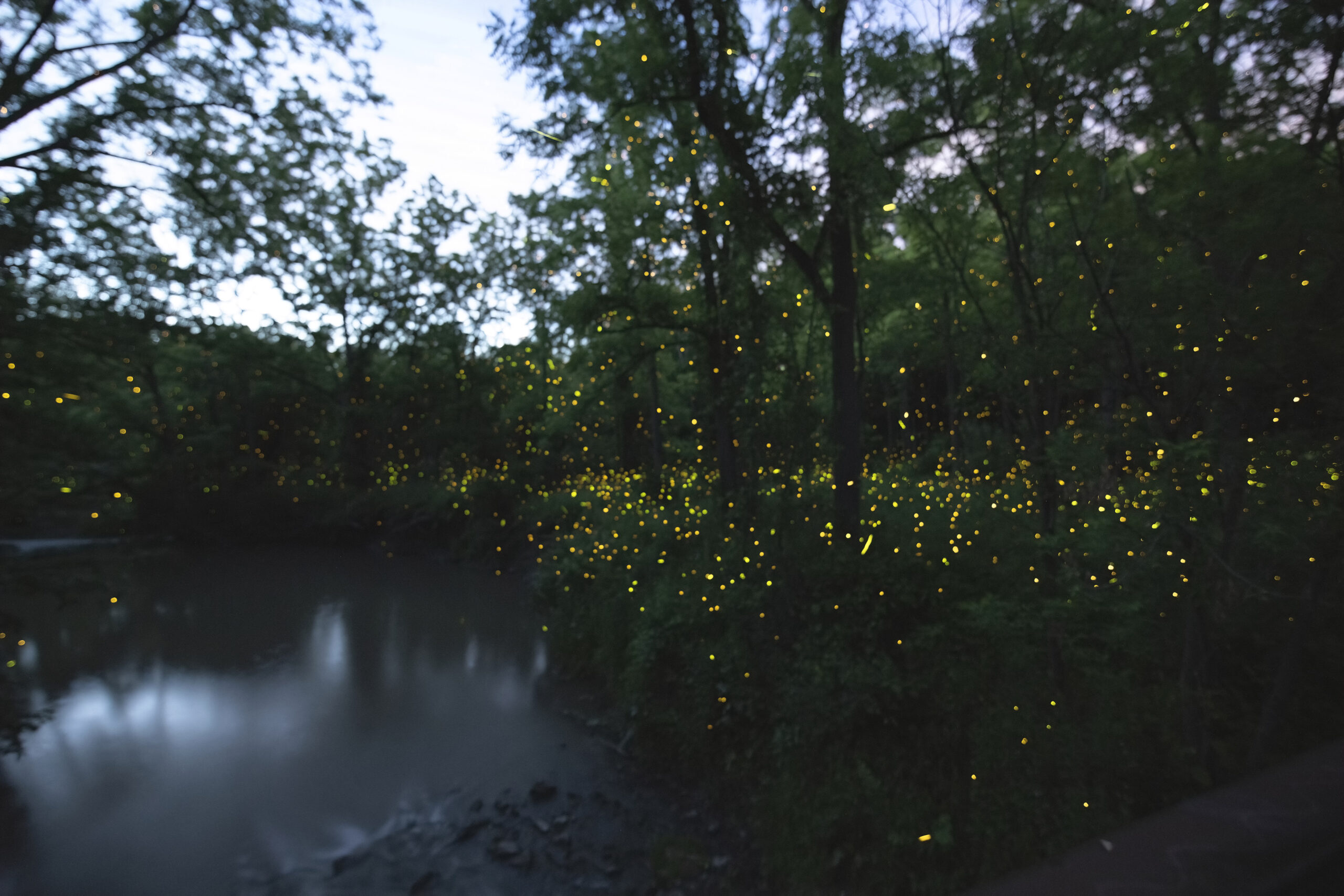A magical event will soon reach its peak in central Niagara. Ontario’s smallest provincial park is home to several species of insects famous for lighting up early summer nights, and evenings in late June are the best time to go see this show.
Fireflies — the stars of the show — are not flies, but rather members of the beetle family of insects. According to an article in the Canadian Journal of Arthropod Identification, 23 species of fireflies are found in eastern Canada, with the Pennsylvania firefly, Photuris pensylvanica, abundant throughout Short Hills. Others include the black firefly (Lucidota atra) and members of the Photinus genus.
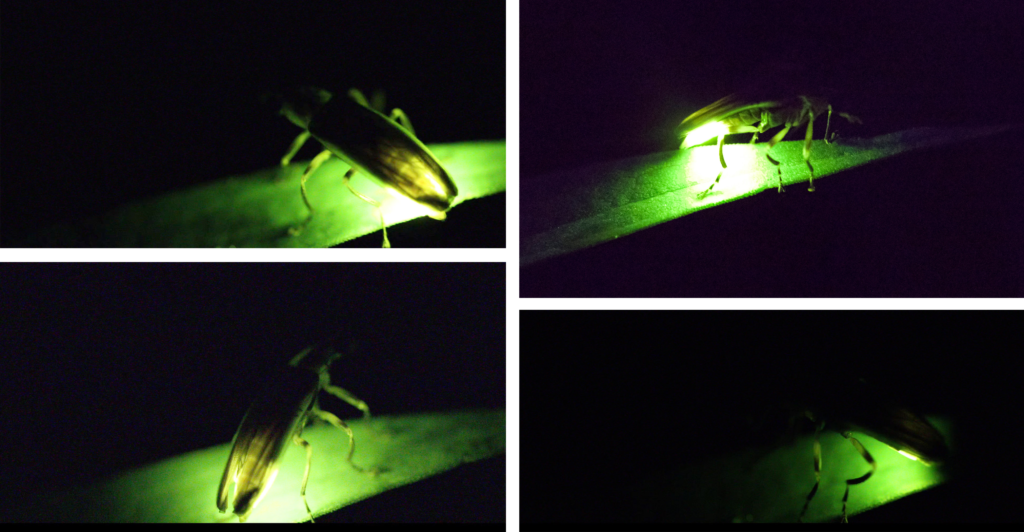
The familiar glow of fireflies is known as bioluminescence. Many fireflies, both as larvae and adults, have light organs on their abdomens which produce this glow. This light serves as a warning to predators that fireflies are not good to eat; chemicals in their bodies taste terrible to would-be predators. Adult fireflies also use their lights to attract mates. Studies have shown that fireflies producing stronger light or more rapid flashes are more successful at attracting mates. This mating display provides the amazing light show on display nightly throughout Short Hills.
You need only a dark night, suitable footwear, a flashlight, and a short drive to Short Hills to enjoy this performance. If you’ve never been to Short Hills Provincial Park, first familiarize yourself with the park and its trails by visiting the Friends of Short Hills Park’s website: friendsofshorthillspark.ca. You may wish to cover up as much skin as possible (or use an insect repellent) to deter mosquitoes and ticks.
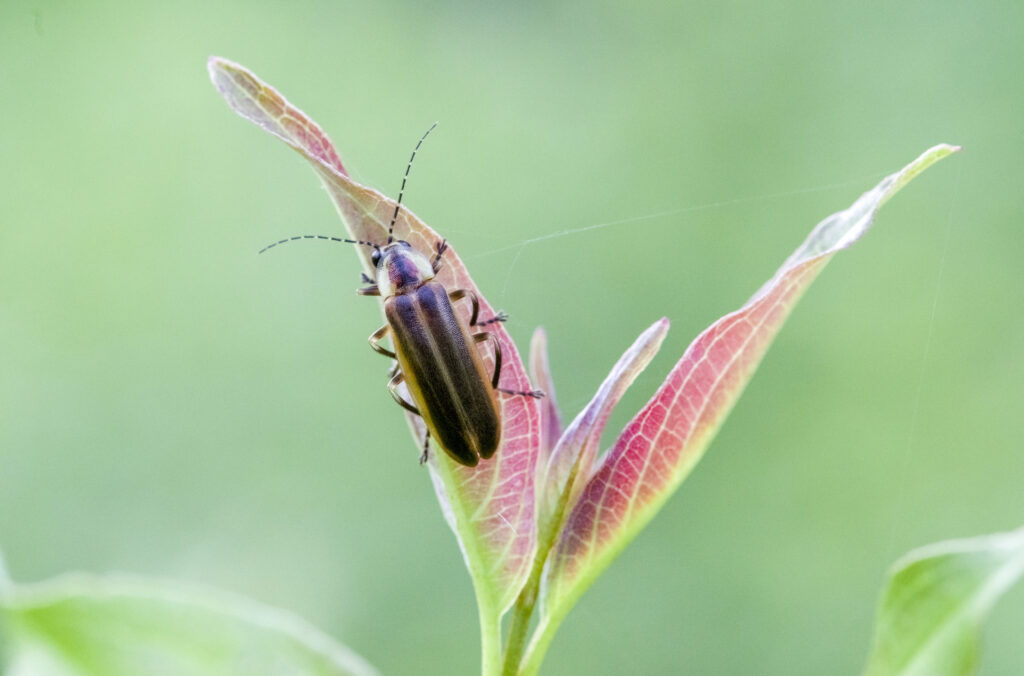
Anne Kubu, Chair of the Friends of Short Hills Park, offered more tips to maximize your experience. “The best time of year for viewing fireflies is mid June and early July in the park,” she said. “Choose an area that is near water, like a woodland edge with long grasses or shrubs. Stay on the trail — that same habitat is prime tick habitat.”
“The park closes at 10:00 p.m. so please respect that timing,” added Kubu. With the sun setting by 9:00 p.m., most hikers can still enjoy an hour of prime firefly viewing on a trail near one of the parking lots. Watch for the first flashes of green about 10 minutes after sunset in the darker areas along the trail. By 9:30 p.m. dozens to hundreds of fireflies will be lighting up in prime areas of the park.
Kubu offered an additional viewing tip, discovered while camping, for those who are nearsighted. “Before my cataract surgery, I wore corrective lenses. I had removed them to go to bed… and discovered that those firefly points of light are way more impressive when your vision is blurred. If you wear glasses, remove them and you will see what I mean!”
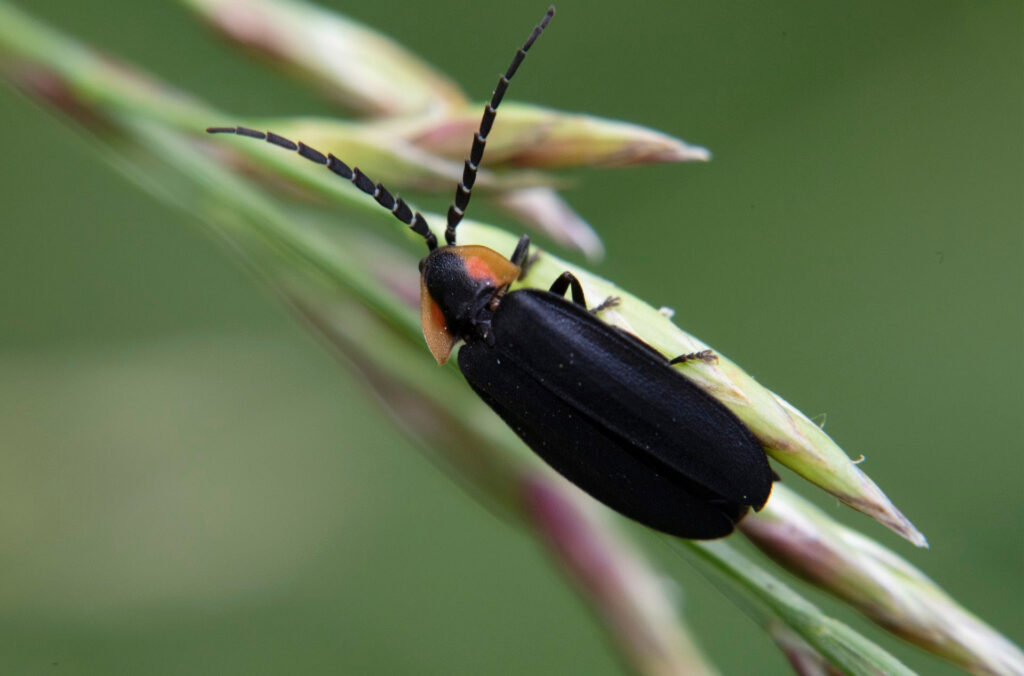
Fireflies will investigate nearby light sources. While taking photographs for this article, several fireflies landed on my camera and crawled over the amber display screen. They are sensitive to light pollution, so if you bring a flashlight to help navigate after dark, ensure it is only lit when needed. In my experience, fireflies will not light up while exposed to light stronger than moonlight.
Fireflies can also gently be caught by hand for a closer look. However tempting it may be to catch some in a jar for a natural nightlight, fireflies deserve to stay in the park for all to enjoy. “Please do not remove anything, flora or fauna, from the park. It belongs there, not in your home,” added Kubu.
Fireflies also play an important ecological role, as some adults are pollinators, and the larvae are important predators of snails, worms, and slugs.
Fireflies are not the only bioluminescent insects present in Short Hills. Larvae and adult females of the Phengogidae beetle family also glow with spots resembling lit train car windows. This earned them the nickname ‘railroad worms.’ Adult males do not glow, but they are highly visible in the park because of their large, feathery antennae used to detect pheromones emitted by females. The males can be spotted flying along low shrubs in the park, searching for a mate.
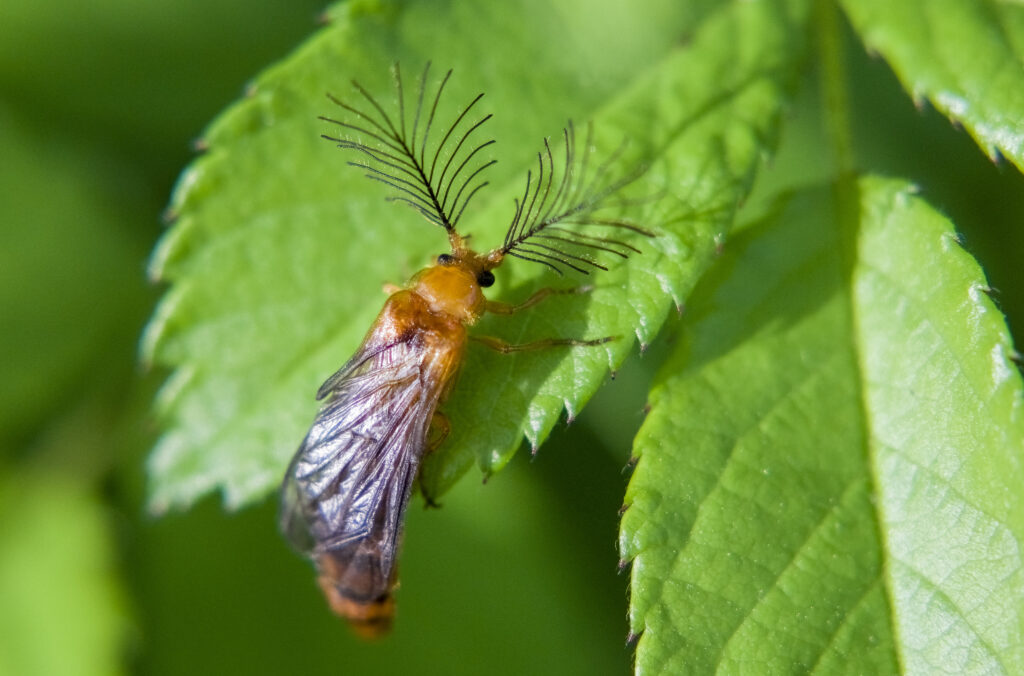
The light show is not the only magical part of early summer evenings in the park. Gray treefrogs and green frogs can be heard well into the night, and you may hear the haunting calls of an eastern screech owl. The diverse fauna in the park creates a beautiful evening performance sure to lead to glowing reviews from any attendee!
See you out in nature!
